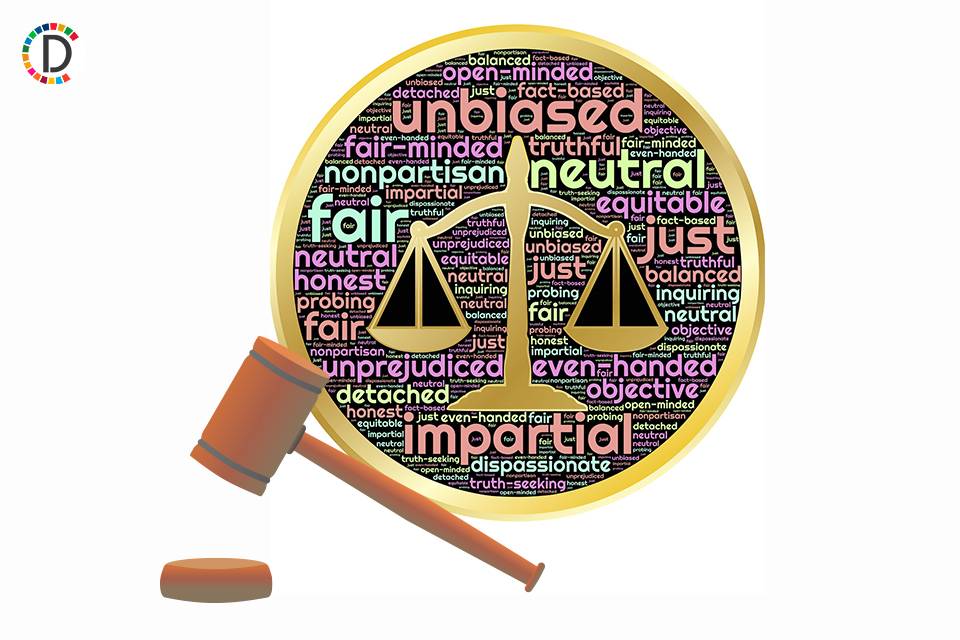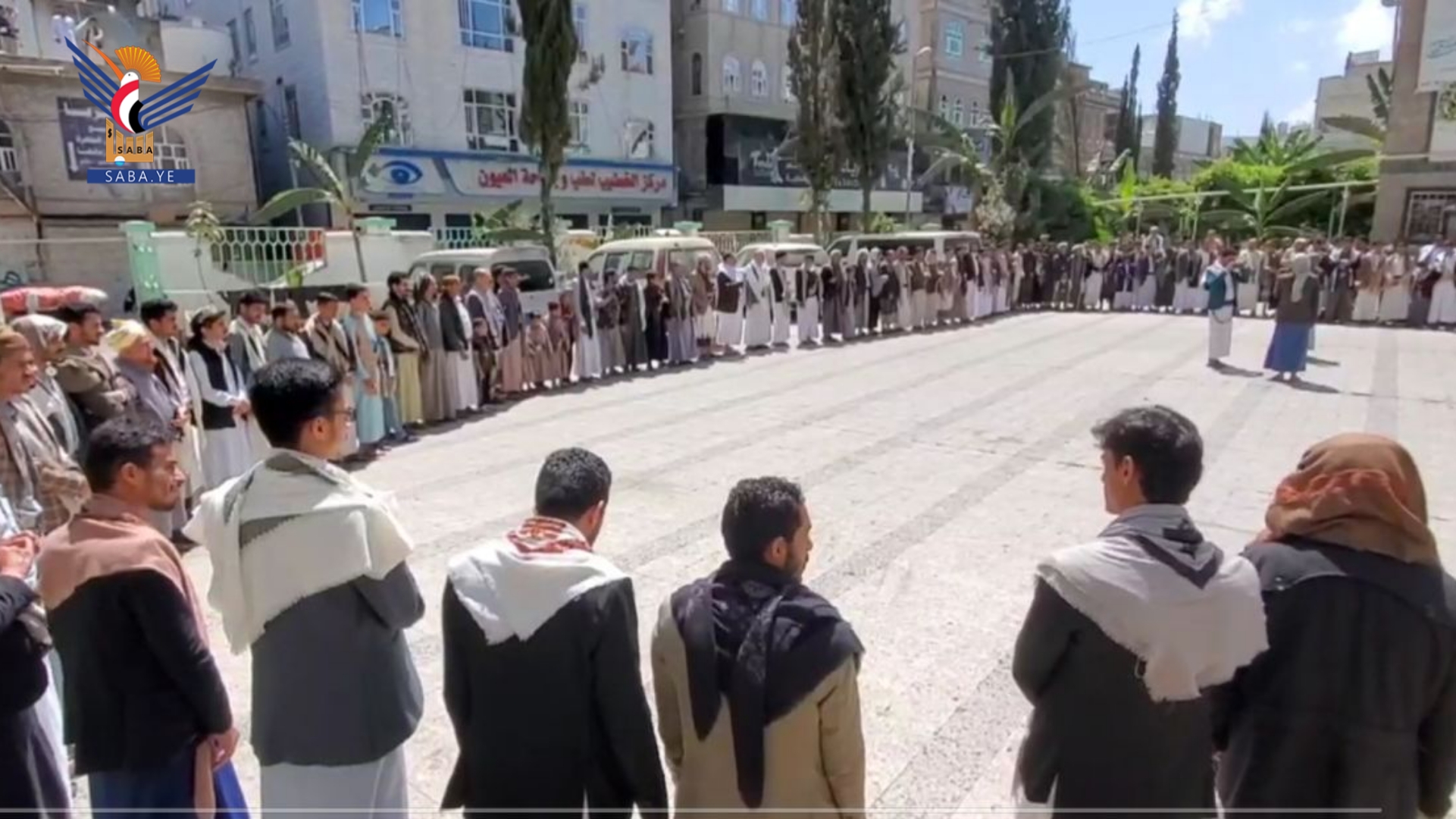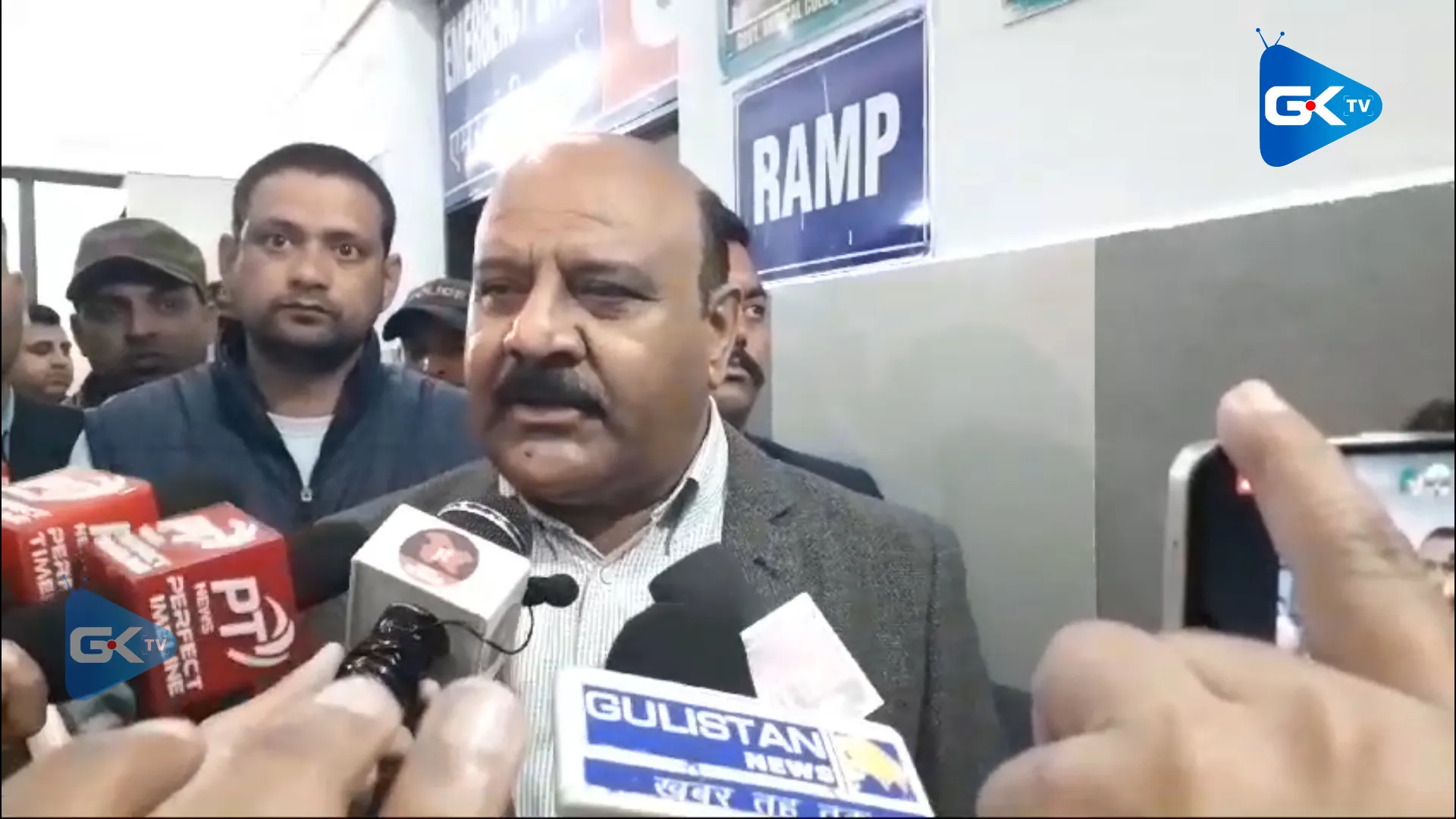
You may have heard that you often make choices at the human-environment interface through the food you eat. The fortunate folks among us have many choices across multiple meals a day; generally eating higher on the food chain means greater climate and environmental impacts. You may be familiar with some facts and figures like that food production and consumption contributes about 25% of global greenhouse gas (GHG) emissions that cause climate change.
Food that lands on your plate is the result of decisions about land use practices, transportation, treatment of mammals and other sentient beings, and plant-based or processed food choices. Food loss and waste through those systems factor in too. A lesser-considered set of daily choices with environmental impacts involves the clothes we wear each day, week, month and year.

You may not be as familiar with how the textile industry — growing, making, processing, distributing and consuming fabrics and clothing — contributes to climate change and environmental impacts. You may be surprised that these practices account for about 10% of GHG emissions. The number of garments produced since 2000 has doubled and consumers buy about 60% more clothes now than 25 years ago while we wear them, on average, for about half as long before donating or tossing them (often ending up in landfills).
Around 20 new garments are made for each person every year on this planet. In other words, this rapid pace and large scale of clothing consumption — commonly called “fast fashion” — has increasingly negative impacts on our climate and environment. While commercial fashion trends date back to 14th-century European cultures, the Industrial Revolution marked by the 1776 patenting of the steam engine then accelerated consumption in many forms, with deeper entrenchments of consumer capitalism contributing to climate and environmental impacts over the years and decades that followed.
“Fast fashion” refers to clothing that is produced and turned over rapidly by mass-market producers and retailers in response to fast-changing trends, running on a multi-season calendar, producing new lines multiple times a year. Beyond GHGs and climate change, fast fashion demands mean approximately 200 tons of water are required to produce one ton of cotton textiles and petrochemicals used in production contribute significantly to ocean microplastic pollution. These numbers and trends have the potential to contribute to understandable feelings of paralysis and woe, especially among young people.
However, in recent years there has been increased awareness and engagement in the intersections of sustainability, fashion and fad. For example, there is good news in our Boulder community. The “Trash the Runway” project (now in its 15th year) provides productive and creative pathways for young designers (ages 11-18) to consider the environmental and climate impacts of fashion choices while they work to turn trash into fashion.
Through guided workshops, these designers and their mentors discuss what fashion can mean in the 21st century and how they can work to amplify sustainable choices. With their runway show coming up at Macky Auditorium this Thursday evening, it is an uplifting event marking an ongoing process of building the competence, confidence and capacity of young people to make conscious choices with awareness of sustainability and environmental impacts. Particularly for younger people who largely do not have policy decision-making or other structural power, these activities help them express their agency and “walk the walk” in the context of sustainability in the 21st century.
This local work aligns with laudable projects happening in many other places, with celebrity designers, foundation funders and big industry players. This is where you can find productive fun. Focusing on sustainability in fashion means tugging on our emotional registers in our everyday spaces.
We all wear clothes, and we are all “part of the problem,” but we also can be part of the many climate and environmental solutions needed now. Amid our emotional purchases, sentimentally held clothing items and recognition that many of our garments conjure memories that bring us joy — where our clothing is among the most intimate, identity-expressing objects in our lives — we can also see these choices as opportunities for positive engagement and environmentally-aware actions. This becomes a space for reimagining our relationship with clothing and the environment together.
Jump into sustainable style, it’s the new fashion trend. This is a biweekly sustainability and environment column authored by Max Boykoff. Boykoff is a faculty member at the University of Colorado Boulder, though these the views expressed here are based upon his scholarly expertise and research/creative experience as well as personal views and should not be considered the university’s official position on any specific issue.
Email: [email protected]..















